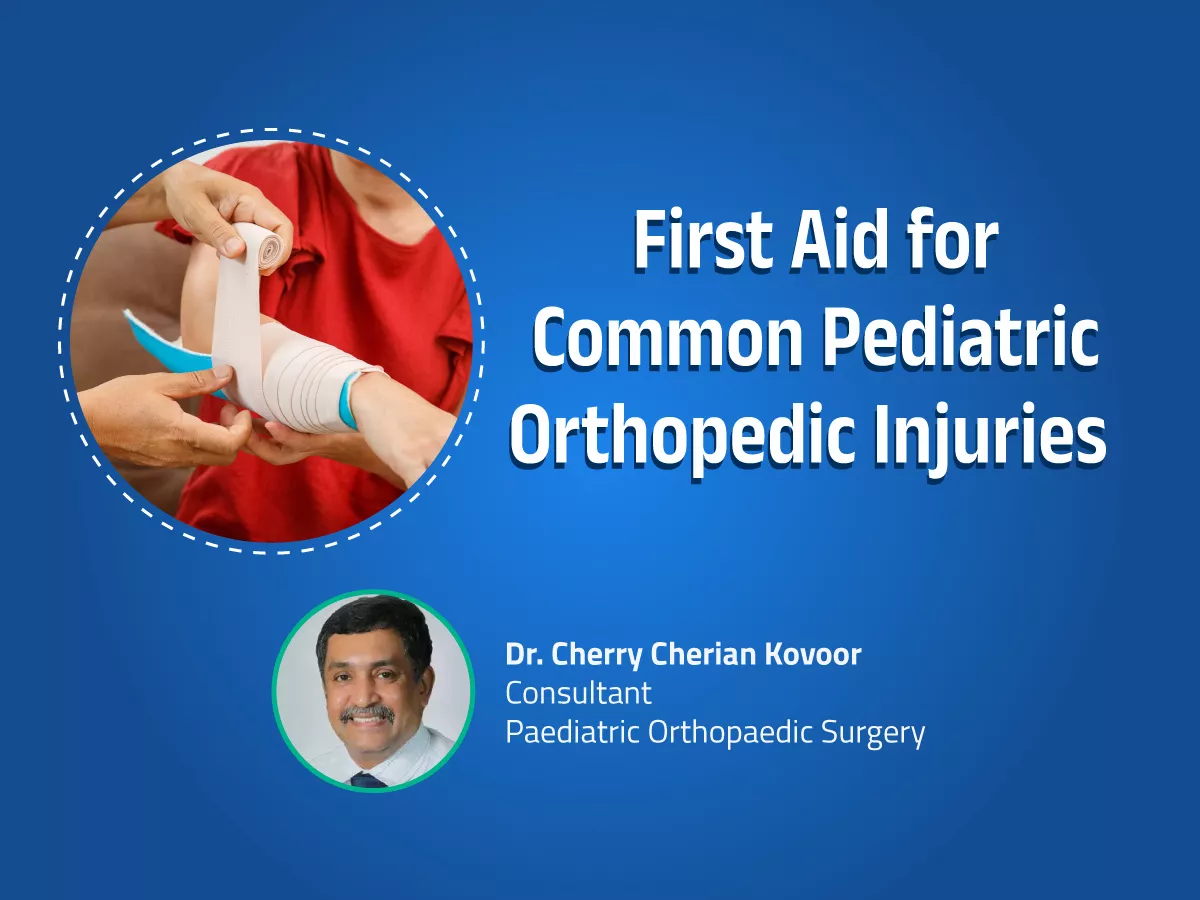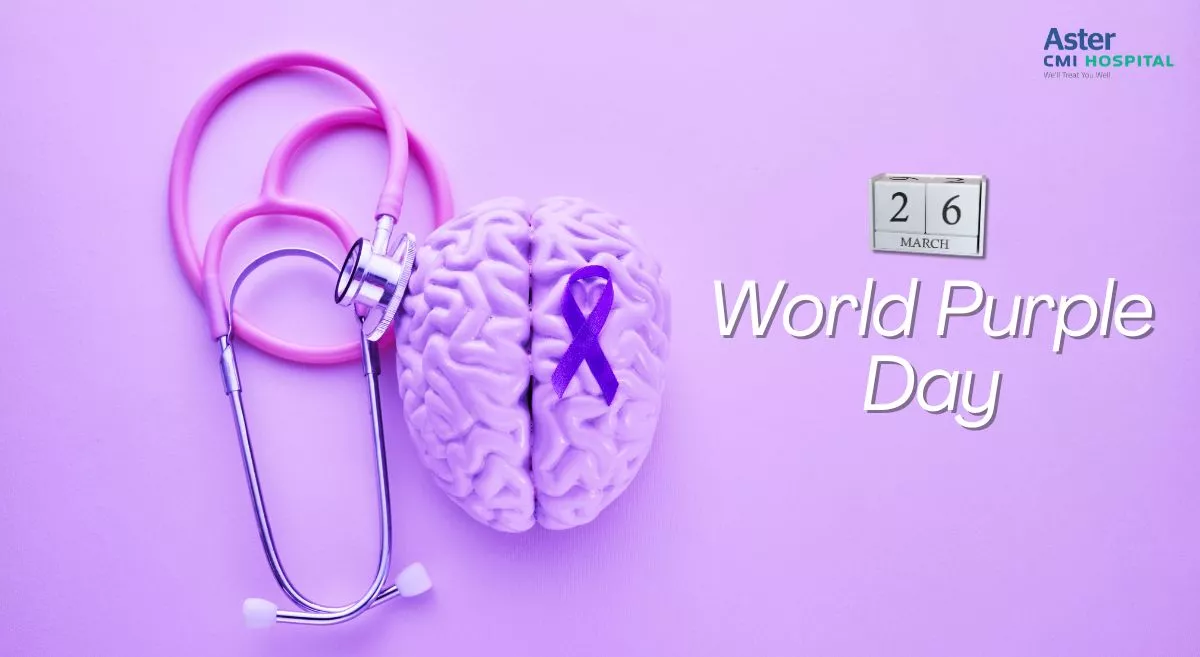Children are naturally active and curious, which often leads to bumps, bruises, and occasional orthopedic injuries. Knowing how to provide first aid for common pediatric orthopedic injuries can help reduce pain, prevent complications, and facilitate quicker recovery. Here’s a guide for parents and caregivers on handling these injuries effectively.
1. Recognizing Common Pediatric Orthopedic Injuries
Fractures (Broken Bones):
- Signs: Swelling, pain, inability to move the affected limb, visible deformity, and sometimes bruising.
- Common Sites: Arms, legs, wrists, and clavicle (collarbone).
Sprains and Strains:
- Signs: Pain, swelling, bruising, and difficulty using the affected joint or muscle.
- Common Sites: Ankles, knees, and wrists.
Dislocations:
- Signs: Severe pain, swelling, visibly out-of-place joint, and inability to move the joint.
- Common Sites: Shoulders, elbows, and fingers.
Growth Plate Injuries:
- Signs: Pain and tenderness around the ends of long bones, such as the wrists, knees, or ankles.
- These are particularly concerning because they can affect bone growth.
2. Immediate First Aid Steps
For Fractures:
- Stay Calm and Reassure the Child: Keep the child as calm and still as possible.
- Immobilize the Injury: Use a splint or a makeshift one from a stiff material like a board or rolled-up newspaper. Immobilize the joints above and below the injury.
- Apply Ice: Place an ice pack wrapped in a cloth on the injury to reduce swelling and pain. Do not apply ice directly to the skin.
- Seek Medical Attention: Visit the emergency room or a pediatric orthopedic specialist as soon as possible.
For Sprains and Strains:
- Follow the R.I.C.E. Method:
- Rest: Keep the affected limb still and avoid putting weight on it.
- Ice: Apply ice packs wrapped in a towel to the injured area for 15-20 minutes every 2-3 hours.
- Compression: Use an elastic bandage to wrap the injured area, but not too tightly.
- Elevation: Raise the injured limb above the level of the heart to reduce swelling.
- Pain Relief: Immediately consult doctor and seek treatment.
For Dislocations:
- Immobilize the Joint: Do not attempt to move or relocate the joint. Use a splint or sling to immobilize the area.
- Apply Ice: Place an ice pack wrapped in a cloth on the joint to manage pain and swelling.
- Seek Immediate Medical Help: Go to the emergency room or contact a healthcare professional to have the joint properly repositioned.
For Growth Plate Injuries:
- Immobilize and Ice: Similar to fractures, immobilize the area and apply ice to reduce swelling.
- Avoid Weight Bearing: Do not let the child put weight on the injured limb.
- Medical Evaluation: Get the child evaluated by a doctor promptly to ensure proper treatment and avoid growth complications.
3. Preventing Pediatric Orthopedic Injuries
Supervision and Safety Gear:
- Always supervise young children during physical activities.
- Ensure children wear appropriate protective gear, such as helmets, knee pads, and wrist guards, when engaging in sports or activities like biking and skating.
Safe Play Environments:
- Create safe play areas free of hazards.
- Ensure playgrounds have soft surfaces like sand or rubber mulch to cushion falls.
Education and Training:
- Teach children the importance of warming up before sports and exercising properly.
- Educate them about the risks of overexertion and encourage them to listen to their bodies.
4. When to Seek Professional Help
Immediate Medical Attention Needed:
- If there is a visible deformity, open wound, severe pain, or inability to move the injured limb.
- Signs of infection such as redness, warmth, or fever following an injury.
- Suspected growth plate injuries or any injury that doesn’t improve with initial first aid.
Conclusion
Being prepared to handle common pediatric orthopedic injuries can make a significant difference in a child’s recovery and comfort. Quick, calm, and appropriate first aid responses help manage pain and prevent further damage. Always follow up with a healthcare professional to ensure proper treatment and recovery. By taking preventive measures and educating children on safety, many orthopedic injuries can be avoided.






